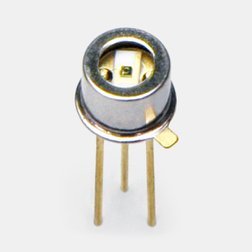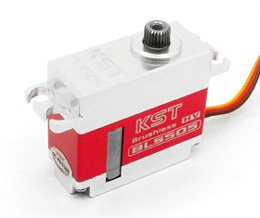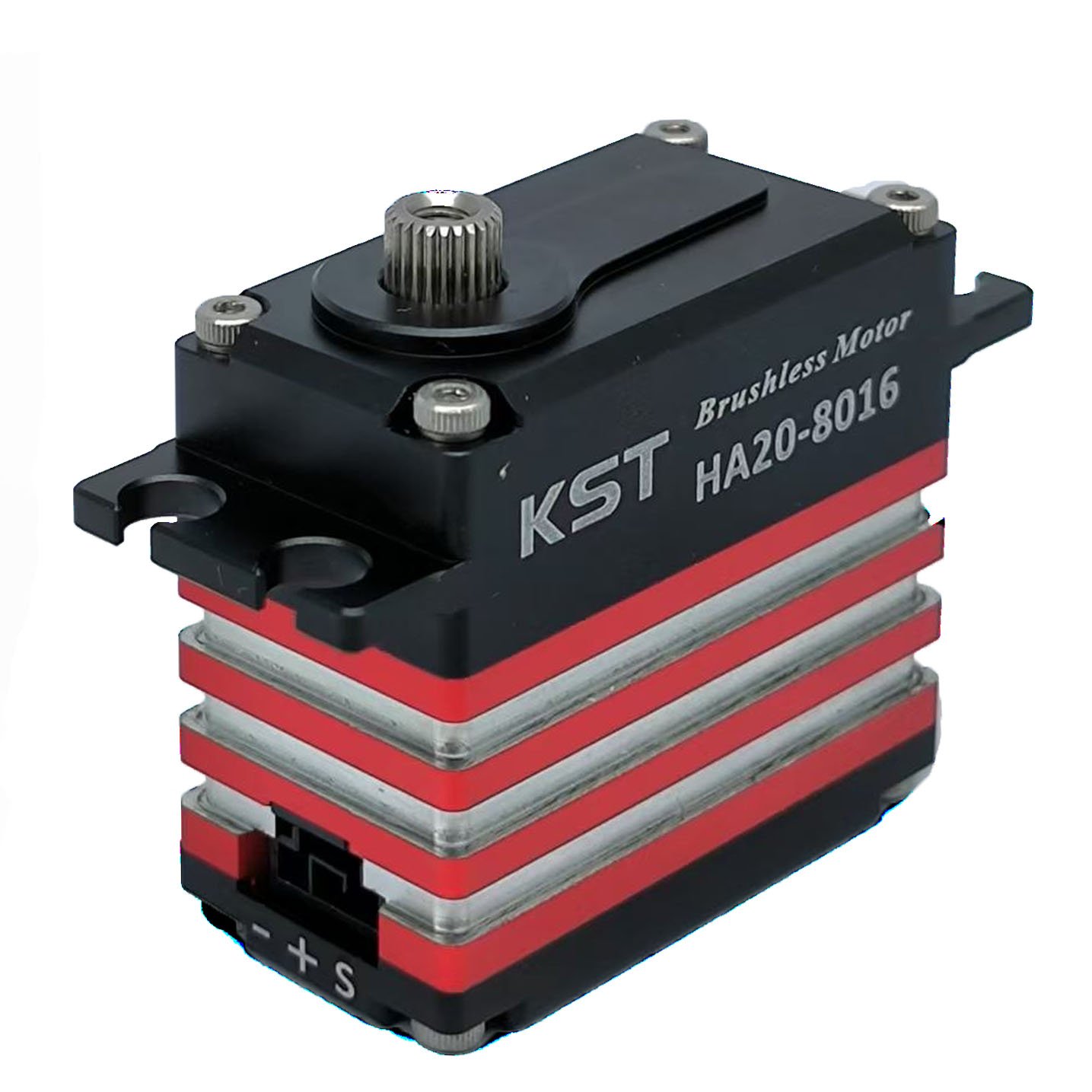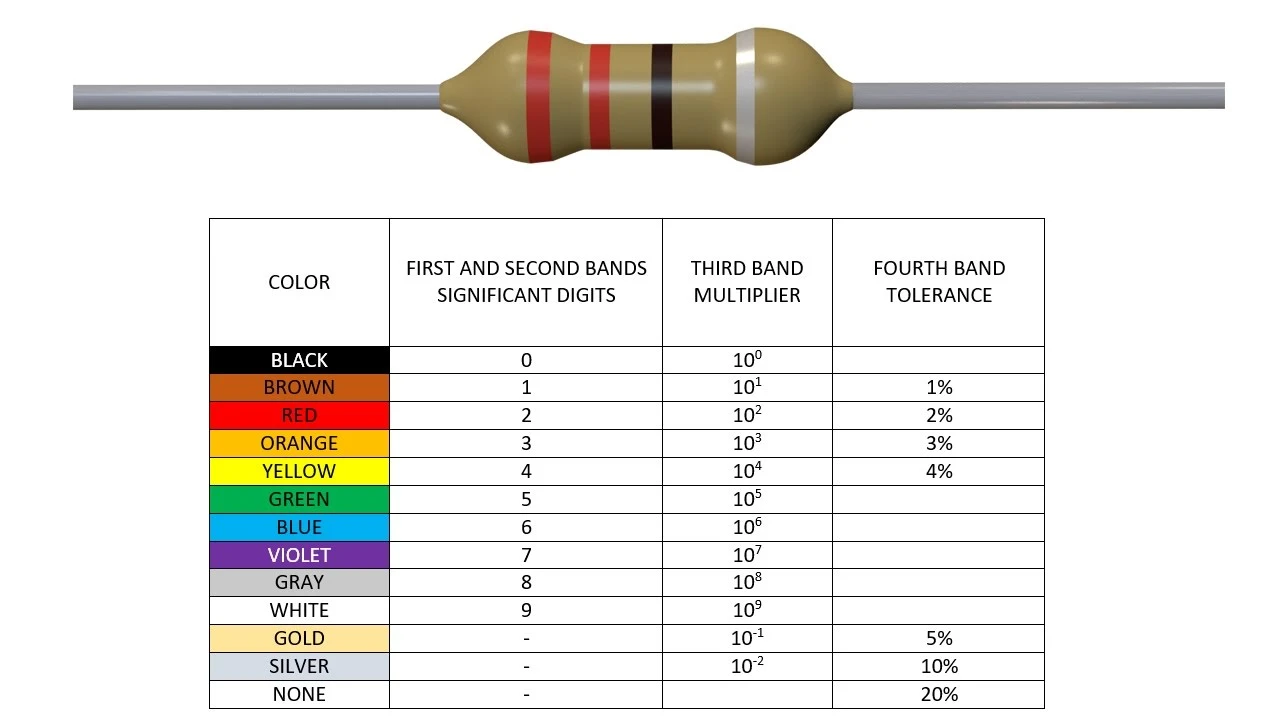Resistor Color Code Calculator
Introduction
Resistors are one of the most commonly used components in electronic circuits, serving to control current and voltage. To make it easier to identify the resistance value, manufacturers typically mark the resistor’s surface with a color code. This article will provide a detailed explanation of the resistor color code, how to read it, and its practical applications.
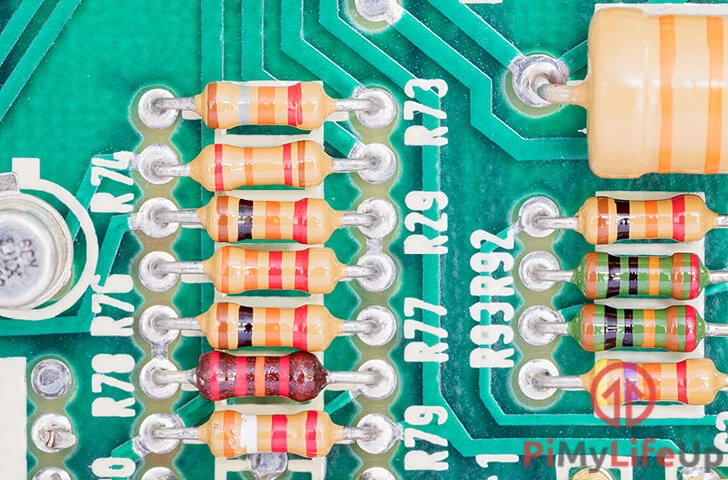
1. Components of Resistor Color Codes
Resistor color codes usually consist of 4 to 6 colored bands, with each band representing different information. Below is the meaning of each band:
4-Band Resistor:
- Band 1: First significant digit
- Band 2: Second significant digit
- Band 3: Multiplier (power of 10)
- Band 4: Tolerance (error range)
5-Band Resistor:
- Band 1: First significant digit
- Band 2: Second significant digit
- Band 3: Third significant digit
- Band 4: Multiplier (power of 10)
- Band 5: Tolerance (error range)
6-Band Resistor:
- The first five bands are the same as the 5-band resistor.
- Band 6: Temperature coefficient (indicates the change in resistance with temperature)
2. Resistor Color Code Table
Here’s the standard color code chart for resistors:
| Color | 1st/2nd/3rd Band (Significant Digits) | Multiplier | Tolerance (%) | Temperature Coefficient (ppm/°C) |
|---|---|---|---|---|
| Black | 0 | 10^0 | – | – |
| Brown | 1 | 10^1 | ±1 | 100 |
| Red | 2 | 10^2 | ±2 | 50 |
| Orange | 3 | 10^3 | – | 15 |
| Yellow | 4 | 10^4 | – | 25 |
| Green | 5 | 10^5 | ±0.5 | 20 |
| Blue | 6 | 10^6 | ±0.25 | 10 |
| Violet | 7 | 10^7 | ±0.1 | 5 |
| Gray | 8 | 10^8 | ±0.05 | 1 |
| White | 9 | 10^9 | – | – |
| Gold | – | 10^-1 | ±5 | – |
| Silver | – | 10^-2 | ±10 | – |
| No Color | – | – | ±20 | – |
3. How to Read the Resistor Color Code
Step 1: Identify the Starting Band
The starting band is typically near one end of the resistor, and there’s a noticeable gap between the starting band and the last band (the tolerance band).
The tolerance band is generally gold, silver, or another obvious color.
Step 2: Read the Significant Digits
Use the color code table to match the color of the first few bands with their corresponding digits.
Step 3: Determine the Multiplier
The multiplier band indicates the power of ten to multiply the resistance value.
Step 4: Read the Tolerance
The last band represents the tolerance range of the resistor.
Step 5: Read the Temperature Coefficient (6-Band Resistor)
For 6-band resistors, the last band indicates the temperature coefficient, which shows how the resistance changes with temperature.
4. Example Analyses
Example 1: 4-Band Resistor (Brown-Black-Red-Gold)
- Band 1: Brown = 1
- Band 2: Black = 0
- Band 3: Red = 10^2
- Band 4: Gold = ±5%
Resistance: 10 × 10^2 = 1000 Ω (1 kΩ), tolerance ±5%.
Example 2: 5-Band Resistor (Yellow-Violet-Black-Brown-Brown)
- Band 1: Yellow = 4
- Band 2: Violet = 7
- Band 3: Black = 0
- Band 4: Brown = 10^1
- Band 5: Brown = ±1%
Resistance: 470 × 10^1 = 4700 Ω (4.7 kΩ), tolerance ±1%.
5. Key Notes to Remember
Band Sequence
Ensure the correct identification of the starting band to avoid misreading.
Color Recognition
If visibility is poor, use a magnifying glass or additional lighting to help identify the colors.
Tolerance and Precision
In high-precision circuits, choose resistors with smaller tolerance (e.g., ±1% or ±0.5%).
6. Practical Applications
Circuit Design
Select the appropriate resistance value and tolerance based on circuit requirements.
Repair and Replacement
Quickly identify damaged resistors using their color code for easy replacement.
Teaching and Learning
Understanding color codes is an essential part of electronics education, helping students grasp resistor identification methods.
7. Conclusion
Resistor color codes offer a simple and effective way to identify resistance values, tolerance, and temperature coefficients. Mastering the reading of these codes is an essential skill for electronics engineers and hobbyists, whether for circuit design, maintenance, or learning.










